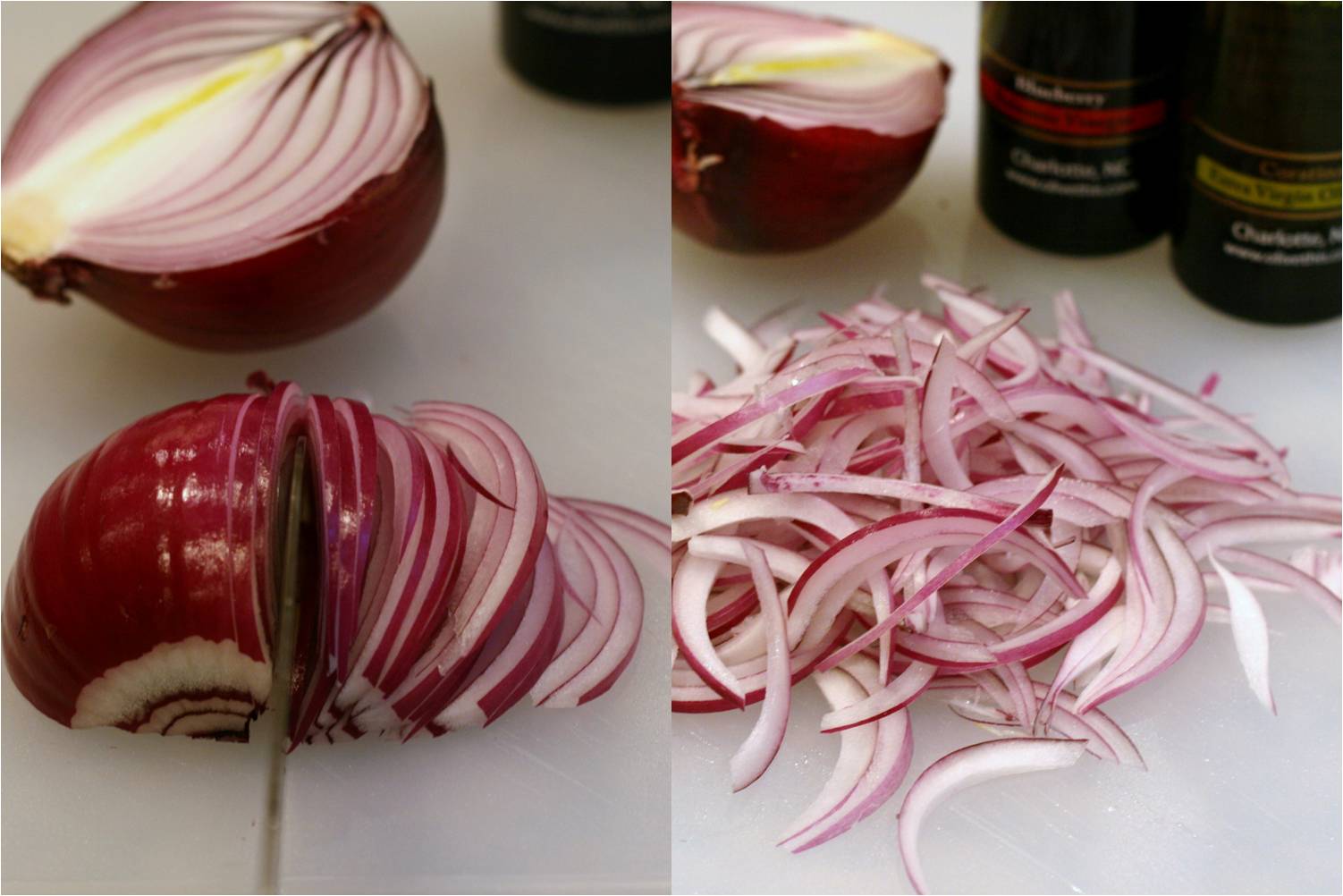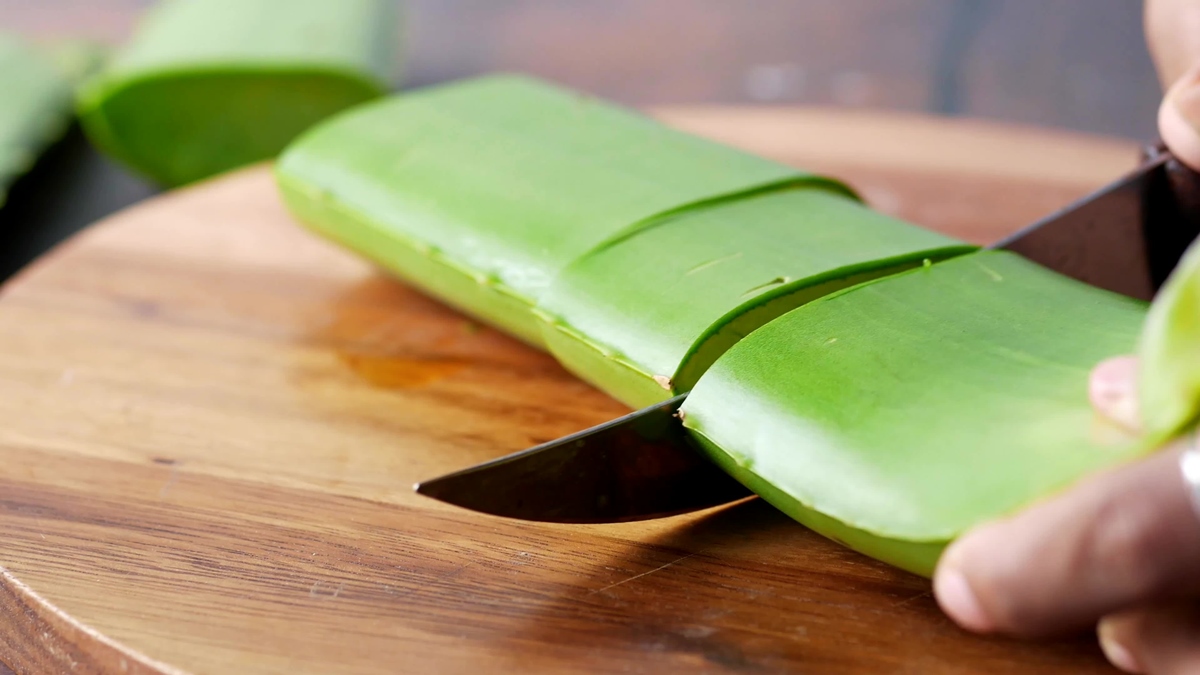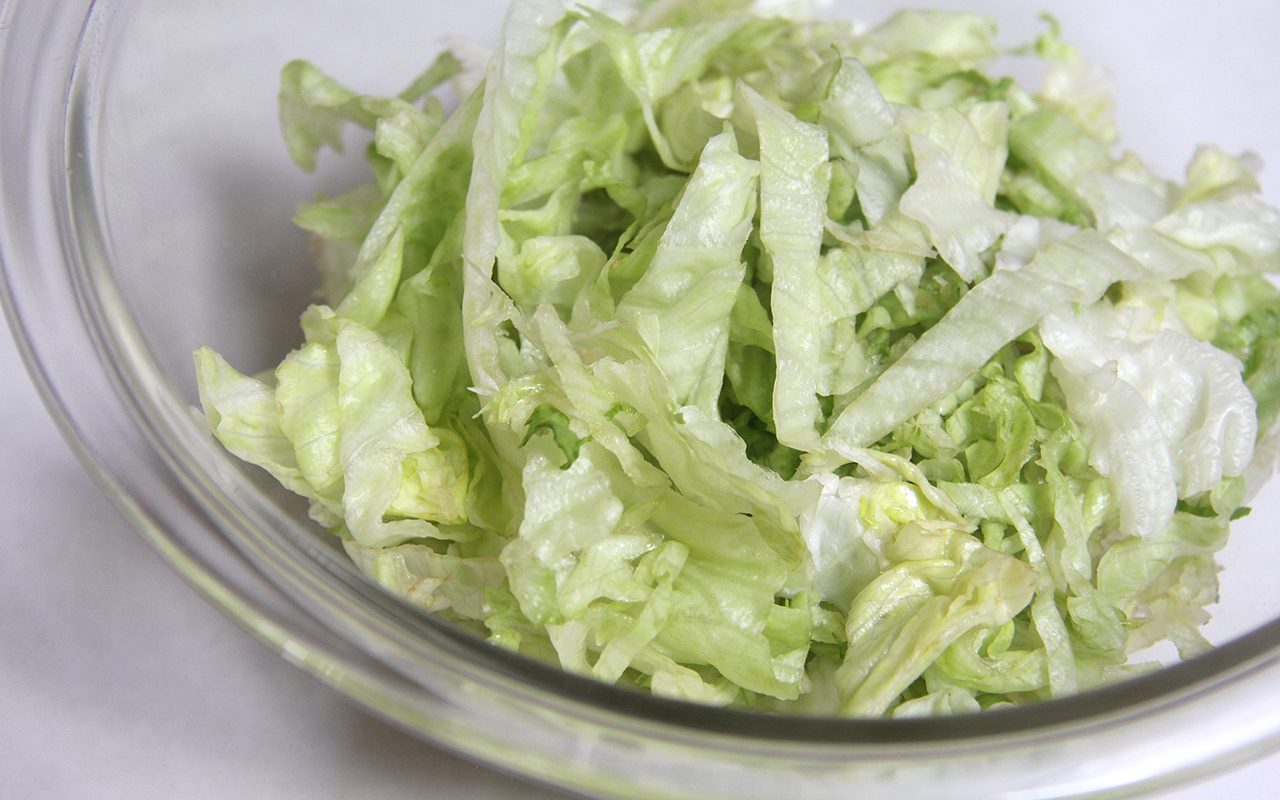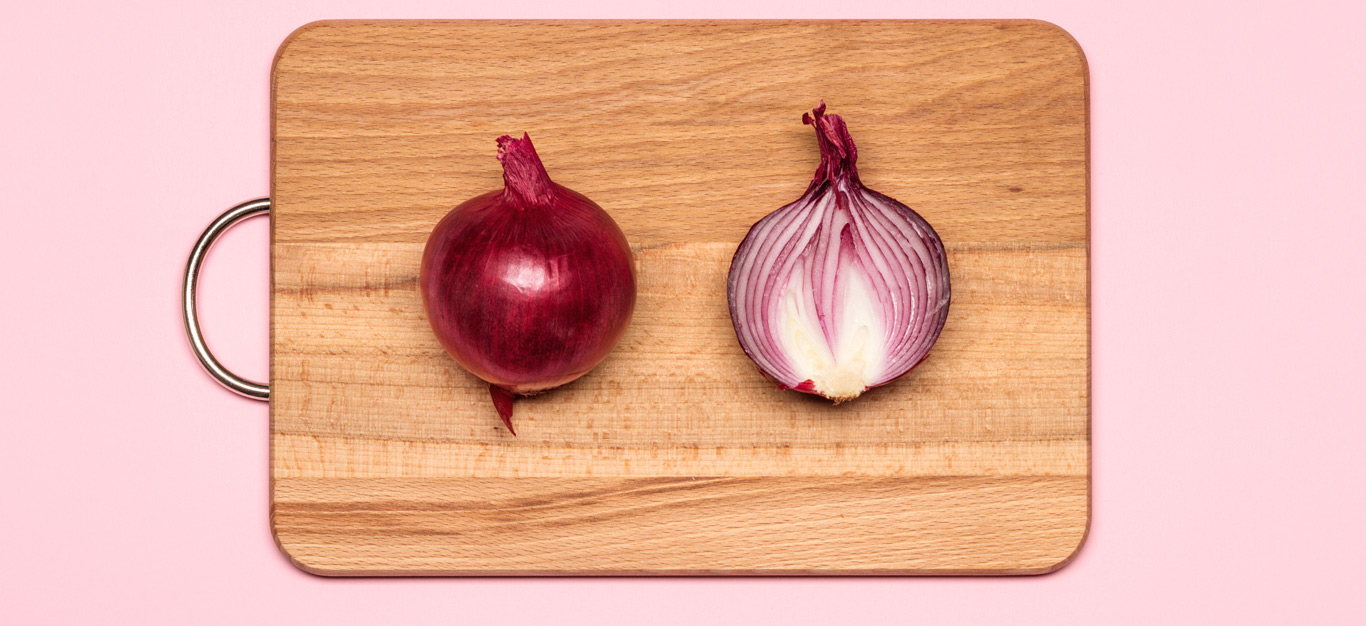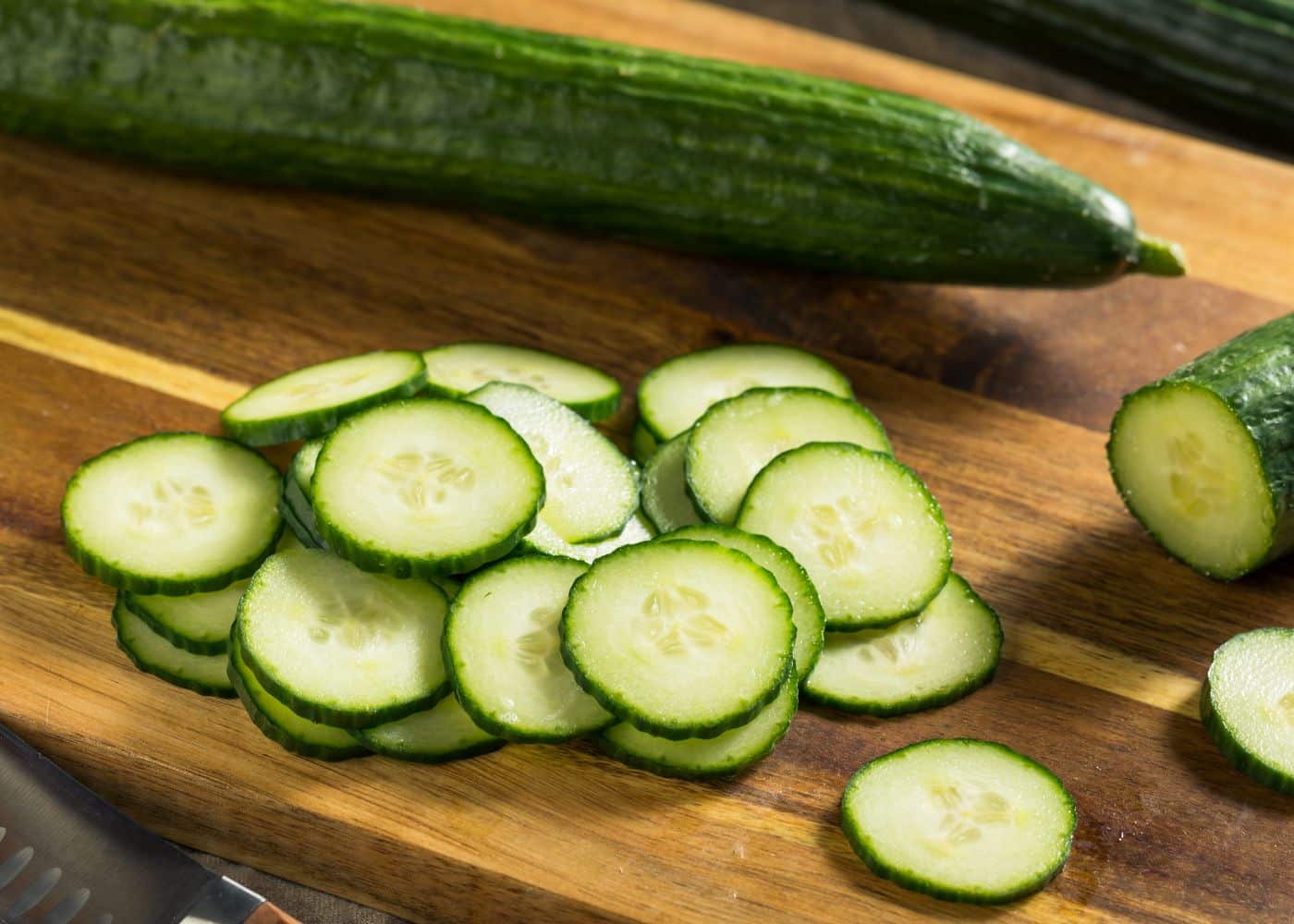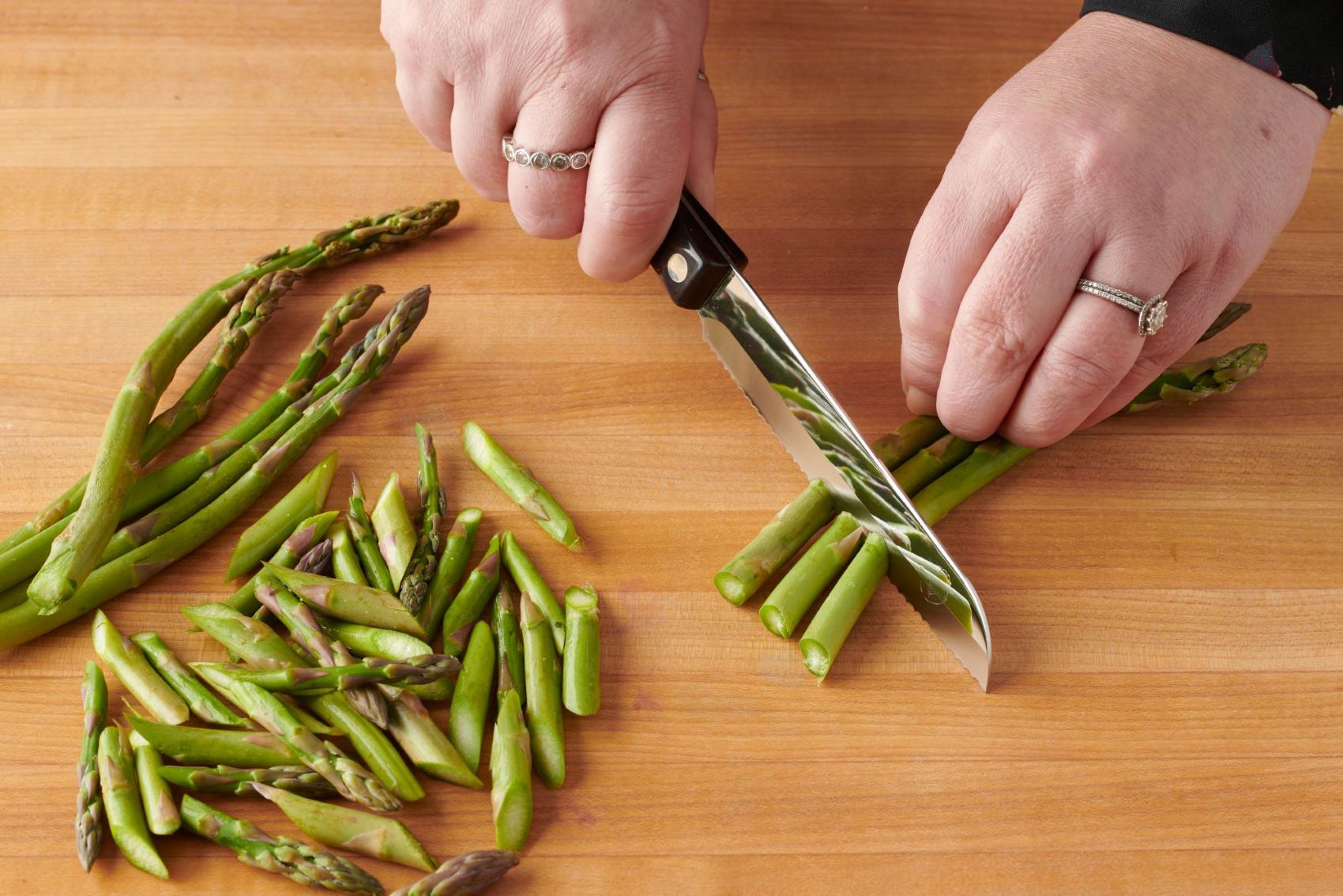How to Cut a Lemon with Ease: Tips from a Food Expert
Have you ever struggled with cutting a lemon and ended up with a messy kitchen and uneven slices? Fear not! As a food expert, I’m here to share my tried and tested techniques for cutting a lemon like a pro. Follow these simple steps, and you’ll master the art of lemon cutting in no time.
- Gather your tools: Before you begin, make sure you have a sharp knife, a cutting board, and, of course, a fresh lemon. A sharp knife will make the process easier and ensure clean cuts.
- Wash the lemon: Rinse the lemon under cold running water to remove any dirt or impurities. This step is essential, especially if you plan to use the zest later.
- Prepare the lemon: If your lemon has a stem, cut it off using a small knife. This step will make it easier to handle and cut the lemon evenly.
- Choose your cutting method: There are a few different ways to cut a lemon, depending on how you plan to use it. Here are two popular methods:
- Slices: For lemon slices, lay the lemon on its side and cut off both ends. Stand the lemon upright on one of the flat ends and make vertical cuts to create round slices. Adjust the thickness of the slices as desired.
- Wedges: To make lemon wedges, follow the same initial steps of cutting off both ends and standing the lemon upright. Instead of making vertical cuts, cut the lemon in half lengthwise. Then, cut each half diagonally to create triangular wedges.
- Use a lemon squeezer: If you need lemon juice but don’t want seeds or pulp in your dish, consider using a lemon squeezer. Slice the lemon in half, place it in the squeezer, and squeeze the handles together to extract the juice.
- Store any leftovers: If you don’t plan to use the entire lemon, wrap the remaining half tightly in plastic wrap or store it in an airtight container in the refrigerator. It will stay fresh for a few days.
Now that you know how to cut a lemon with ease, the possibilities are endless! Whether you’re garnishing a refreshing drink, adding zest to a dish, or squeezing fresh juice, you’ll be able to handle lemons with confidence and skill. Practice makes perfect, so don’t be discouraged if you don’t get it right the first time. Soon enough, you’ll be a lemon-cutting pro!
Do you have any other kitchen tips or tricks you’d like to learn? Let us know in the comments below!
Was this page helpful?
Read Next: How To Cut Mushrooms
